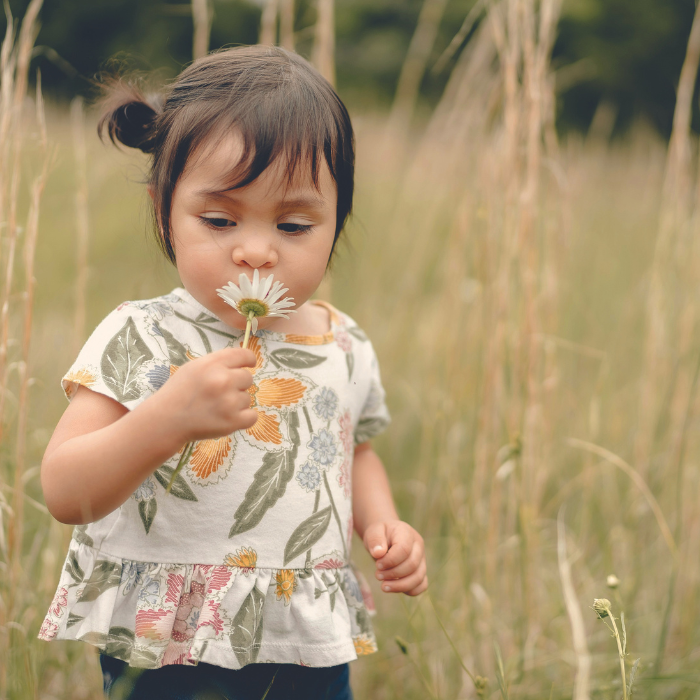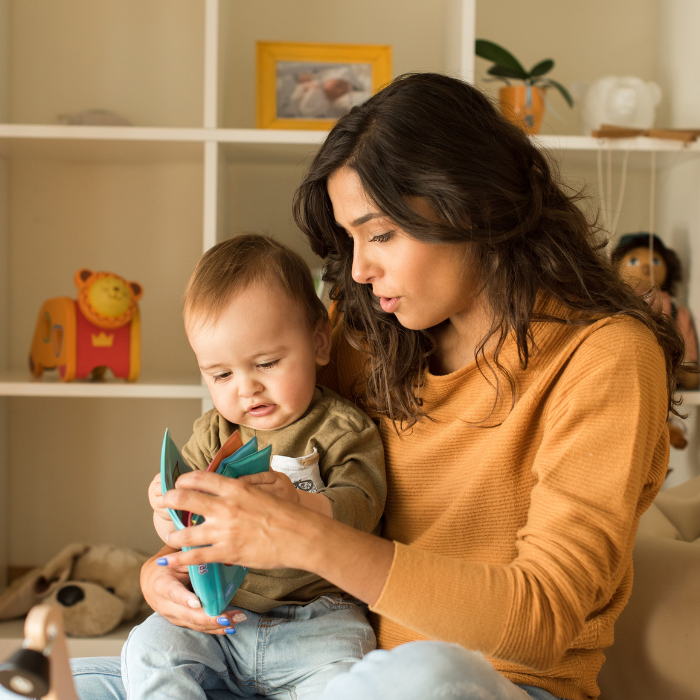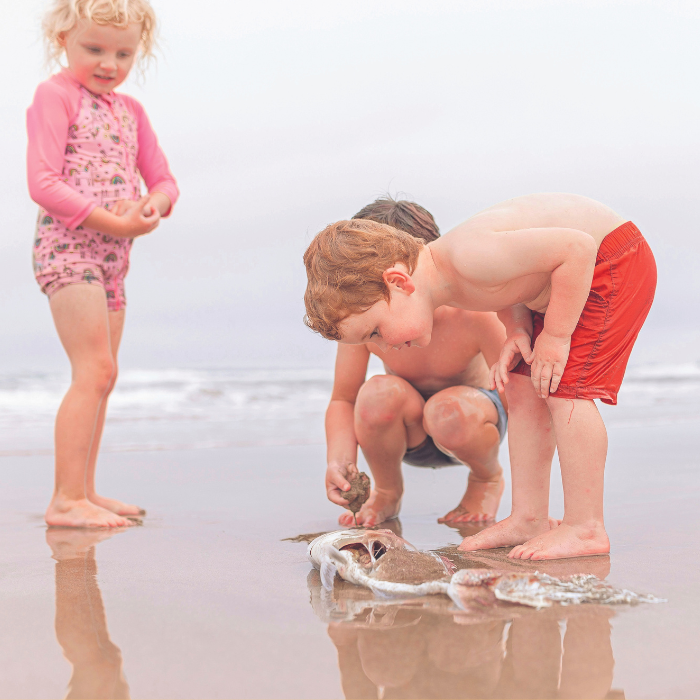
How can we nurture emotional intelligence in our tamariki? Yvonne Walus shares some ideas.
What is emotional intelligence? Emotional intelligence (EI or EQ) is the skill to identify, understand, and manage your own emotions. It’s also the ability to recognise the emotions in other people. Emotional intelligence is super important in all aspects of personal development and interpersonal relationships. There are several key components of emotional intelligence:
Self-awareness is the ability to understand what you’re feeling, why you’re feeling that way, and how your emotions are affecting those around you. In young children these emotions can include love, anger, joy, excitement, sadness, and fear.
Self-regulation means being able to control your own reactions to the things you feel, such as not lash out in anger, and not sulk when disappointed.
Resilience is openness to new experiences and a flexible mindset that can navigate ever-changing circumstances and cope in the face of setbacks.
Empathy is the ability to understand the feelings of others and respond in a sensitive and caring manner.
HOW DO YOU HELP YOUR KIDS RECOGNISE EMOTIONS?
Teaching your children to identify and understand feelings, both within themselves and in others, is a crucial step in fostering emotional intelligence.
“What’s this feeling?”
You might want to start by adding simple emotion-labelling games to your daily routine. When you’re reading a picture book, point to a facial expression and ask questions like, “How do you think Lola feels in this story?” At various stages of the story, pause and discuss whether Lola is looking forward to the party, whether she’s enjoying the cake, and so on. This interactive approach helps kids match facial expressions and situations with specific emotions.
“Mirror, mirror on the wall…”
Children love to imitate. Stand in front of a mirror together and make exaggerated facial expressions representing various emotions. Encourage your little one to mimic your expressions, making sure you clearly name the emotions associated with each face. This game not only engages their visual senses but also strengthens the connection between facial expressions and emotions.
Storytelling adventures
To further your child’s journey into the colourful landscape of emotions, you can make up imaginative stories that feature characters experiencing different feelings. Use toys or puppets to act out the scenes and express the emotions that go with the specific scenario. After each story, discuss how the characters felt and why. This storytelling approach helps kids grasp the concept of emotions in a relatable and entertaining way.
Feelings chart
You and your child can create a “How I Feel” chart together. It’s a tool that consists of a visual representation of different emotions (drawings of faces or situations). Use the chart together to label the emotions your child may be experiencing, allowing them to point to or choose the picture that resonates with them at any given moment. Or check out our “Name it to tame it!” printable.
Empathy through play
Encourage playdates and cooperative play to foster empathy in your child. When conflicts arise, guide them through the process of understanding their friend’s emotions. Ask questions like, “How do you think your friend feels right now?” This not only teaches empathy but also enhances your child’s ability to recognise and interpret emotions in others.
HOW CAN YOU TEACH YOUR KIDS TO DEAL WITH THEIR EMOTIONS?
Once your child has learned to identify what they feel, the next step is to make sure they know how to cope with those feelings without becoming overwhelmed.
Deep breathing
To deal with anger, show your child how to take slow, deep breaths to help calm their nervous system – inhale deeply through their nose, hold the breath for a few seconds, and then exhale slowly through their mouth.
Counting
Counting is another anger-soothing technique because it redirects the child’s focus. This can be counting slowly to 10, counting backward, or even counting objects in their surroundings. If they don’t know how to count yet, ask them to recite their favourite rhyme or name objects they see around them.
Positive self-talk
In face of disappointment, teach your child to use affirmations or positive self-talk to offset negative thoughts. Encourage them to see things differently and find the good side of the situation.
Mindfulness and relaxation techniques
If your child is overexcited or angry, introduce easy ways for them to relax and be mindful, like imagining peaceful scenes, remembering a fun holiday, or slowly tensing and relaxing their muscles. These methods can make them more aware of how their bodies and feelings connect.
Art and creative expression
When dealing with any negative emotion such as anger, sadness, or fear, you can suggest ways for your child to be creative – drawing, painting, or making things from playdough and Lego. These activities can be useful in two ways: They can distract the child as well as let them show how they feel without using words.
Physical exercise
Engage your child in physical activities like jumping on a trampoline, dancing, or going for a walk to release pent-up energy and reduce stress.
Problem-solving skills
Show kids how to solve problems by thinking about what’s causing their feelings. Ask them to come up with ideas to fix things and think about what might happen with each idea.
Conflict resolution
Older children can learn conflict resolution. Teach them to lower the temperature of the room by putting themselves in the other person’s shoes, making sure everybody feels understood, and using non-fighting positive words. For example, using “I” statements like “I feel upset when…” or “I need help with…” promotes assertive communication and helps prevent blame. Be a positive role model: Show your little one how to remain calm, use respectful language, and work together to find solutions.
Apologies and forgiveness
When they make a mistake, encourage them to say sorry. When someone else apologises to them, teach them to accept apologies and to forgive.
To conclude
Helping your child learn about emotions is a journey of discovery and bonding. When you use these playful activities every day, you’re not just teaching them about feelings; you’re also helping them become better at the important life skill of understanding and connecting with other people.








